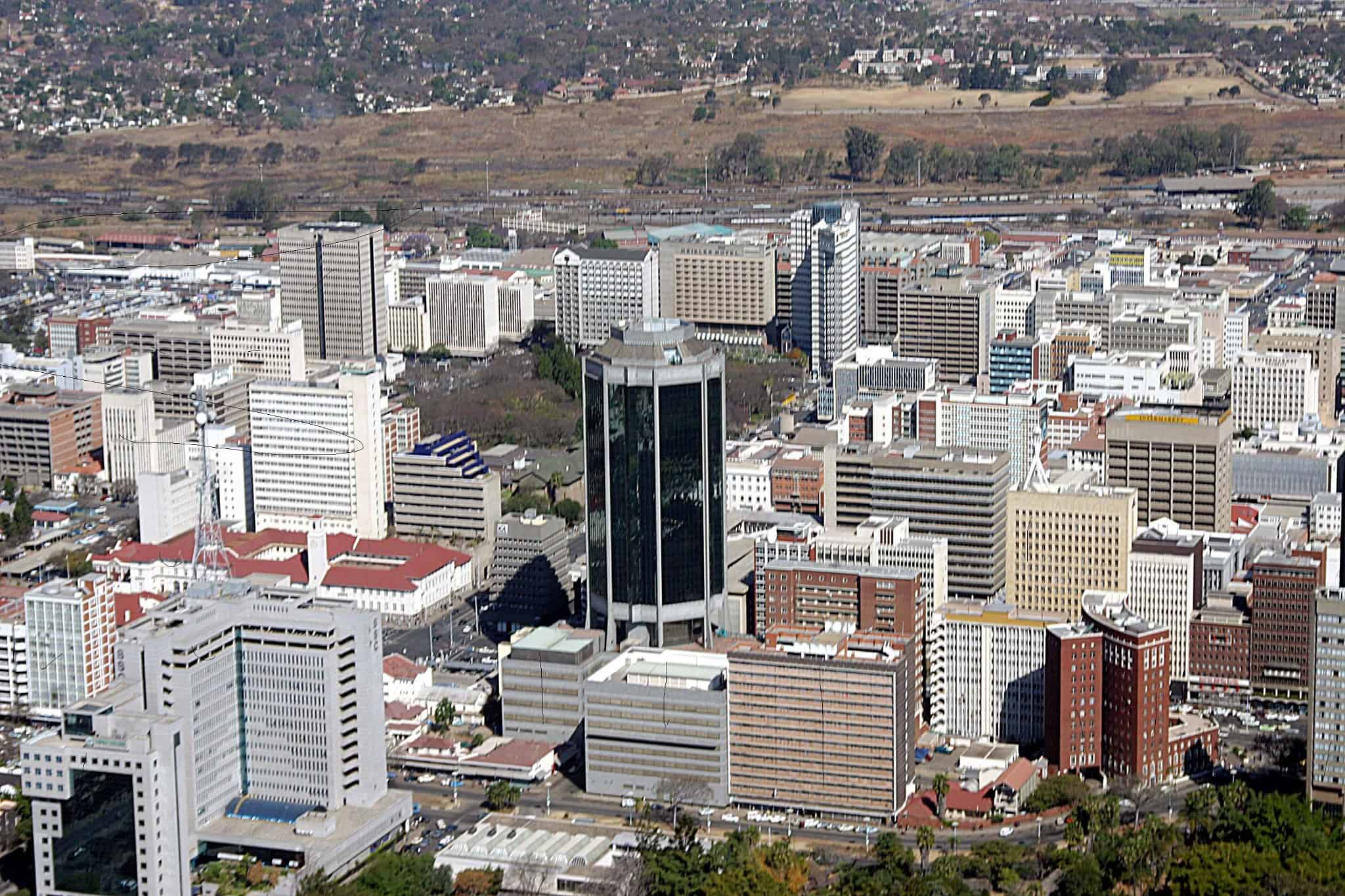Lovemore Lubinda
The fly above Harare during the wet season like this, is a marvellous spectacle to be seen, it can easily pass for a section of the ‘Congo Basin’ Africa’s largest rainforest, and its ground floor presents a soft contrast, where some of the city’s most flamboyant and modern infrastructure are natives of the area.
The coining of the name Harare the capital city of Zimbabwe which has since witnessed a remarkable urban revolution since its founding in 1890 by the colonial Pioneer Column, as Salisbury then, has different interesting versions. Some rumour has it that the common and widely accepted was that the name Harare came after Chief Neharava, who was believed to have never slept.
The area used to be one of the places to be, especially for the city’s new arrivals, would present a perfect blend of how nature can co-exist with various modern setups. Properties spanning acres of space, where upon venturing into can one only notice the beauty of the man-made structures under the foliage, just as scintillating as the natural environs which host them.
Trees fruit and non fruit, shrubs, and well kempt hedges and lawns within residential quarters used to have given this area a sweet scented breeze, bird luring and distinctive look.
Not to mention the obvious green life associated and internationally recognised sport spots, Belgravia and Mt Pleasant sports clubs and shopping centres namely Arundel, Bridge, and Bond among the list.
Harare, is also home to Mt Pleasant which is synonymous for housing the country’s oldest and largest university, founded in 1952, the institution boasts of offering a wide range of degree programmes under its ten faculties, and many specialist research centres and institutes are affiliated to it.
The area’s business segment had not been left behind either. Business in the CBD; and/ or office parks in Mt Pleasant are known for their ability of turning business into recreation. Arundel Office Park also in the suburb, habitats diplomatic offices like the UNDP, home to United Nations Resident Coordinator’s office, to corporate’ administration offices, all these within the green economies.
Of great note about Harare have been the city’s green areas, with animal life at the Mukuvisi Woodlands (a game park within the city) being a must see for wildlife fanatics, and a handful of wetlands which houses a diverse bird species. Sadly these have now come under siege from developers more so in contravention with the governing laws.
On Thursday last week, concerned environmentalists and conservationists took the Environmental Management Agency EMA Minister of Environment Oppah Muchinguri Kashiri to the Administrative court (at High Court of Zimbabwe) over the development on one of the city’s wetlands ‘the Borrowdale vlei.’
The Borrowdale Ratepayers’ Association (BRA) made an appeal to the court against a certificate granted by EMA, on the instruction of the minister to allow development on the vlei.
The certificate was granted in direct contravention of both the Minister herself and the government’s position that no development shall be carried out on Harare’s wetlands, and that EMA had pointed out that the construction would be damaging to the city’s water supplies.
Muchinguri’s decision reverses former minister Saviour Kasukuwere’s directive that development be stopped until legal issues with the project were attended to.
“There has also been no indication to date that written authorisation for the development in terms of section 113 of the Environmental Management Act has been obtained,” says BRA. The authorisation letter should be obtained by the developer from the minister, after she had consulted the EMA board.
Renowned water expert Professor Chris Magadza is on record saying in terms of the law, gazetted wetlands should not be tempered with. He stands with the point that the Environmental Act is the highest natural resources preservation law in the land, and by that virtue, supersedes all other laws.
BRA maintains that the minister erred in that she failed to consider that the wetland can only be preserved as a whole; that EMA had initially refused to offer the certificate, and that her report upon which she says to have based her decision was contestable and fundamentally flawed.
The case is to be heard before justice Mandeya after all documents supporting the various opposing views have been filed with the court before mid December.
Harare is currently facing critical water shortages, and boreholes are drying up at alarming rate, as there are no or little replenishments from rains and wetlands through seepage. Wetlands have countless benefits to humans and animals alike.
Wetlands are a marvel to glare at, they are rich in biodiversity, in Harare, they house 36 species of grass, 80 species of other plants, over 240 bird species, 16 reptiles, and 7 amphibians including the giant frog. Wetlands can also help in purifying water, acting like sponges.
Meanwhile, recent figures from the Zimbabwe Environment Outlook published every decade indicate that deforestation in Harare and surrounding areas has been rising. According to the outlook, woodland coverage has decreased from 17,653 to 16,588ha, as a result, while bush land has also fallen from 5,507 to 4,799.













